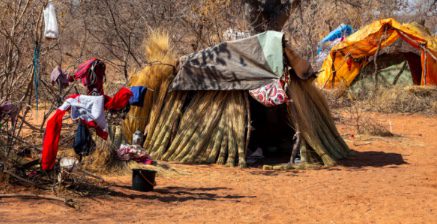
Unsafe migration in Africa creating a lucrative business for traffickers
Migration from anywhere involves a certain amount of risk, and migration routes across Africa are some of the most dangerous. In pursuit of safety, security, and a better life, African migrants travel across oceans and deserts to reach Europe. Many run out of money before they reach their destination, beginning a vicious cycle that sometimes ends in trafficking. Threatened with abduction and forced labor, or, for girls and women, forced prostitution and forced marriage, the risk of becoming trapped in modern slavery looms large over each journey as unscrupulous smugglers and criminals turn a lucrative profit.
Thousands of migrants trapped in modern slavery or worse
In recent years people from Nigeria, Mali, Niger, and Senegal have been undertaking a perilous journey away from their homes in greater and greater numbers to find a better life in Europe or elsewhere. However, before they even reach the Sahara Desert or the Mediterranean Sea, many fall into the hands of traffickers and criminals waiting along the route.
Joyce Vincent, a Nigerian woman who barely survived her migration journey said:
“These thieves…if they catch you, they will either sell you into prostitution or they take your organs,”
Driven by a shortage of food, housing, and jobs as well as worsening security due to various regional crises, African migrants are desperate to find safety and security.
Scammers and traffickers exploit this desperation, turning it into a lucrative profit that costs migrants their freedom and sometimes their lives. According to human rights NGO Walk Free, across Africa, an estimated seven million people were living under conditions of modern slavery in 2021. Additionally, a recent International Organization for Migration (IOM) report found that at least 8,565 people died on international migration routes in 2023, making it the deadliest year for migration since IOM began keeping records.
